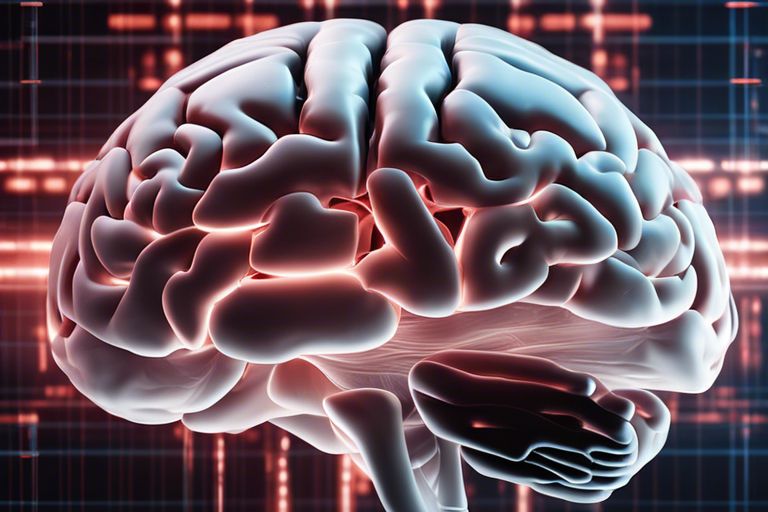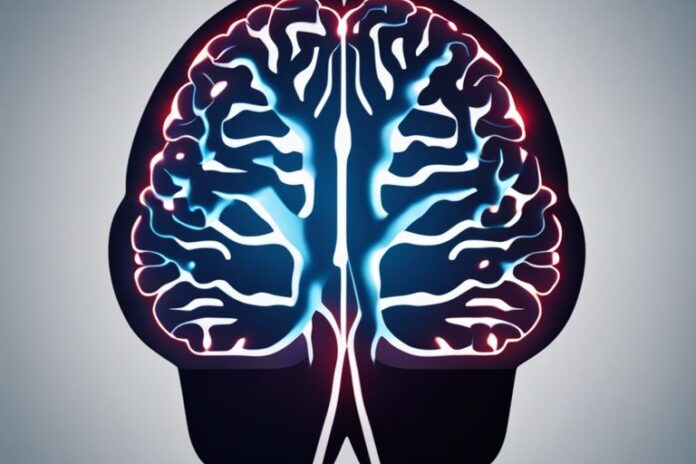Scientifically speaking, the ability to detect deception is a fascinating skill that can be honed with practice and an understanding of human behavior. From subtle facial expressions to changes in vocal pitch, there are several cues that can reveal when someone is not telling the truth. In this guide, we will research into the intricate world of lie detection and provide you with practical tips on how to spot dishonesty in everyday interactions. By mastering the science behind lie detection, you can become more adept at recognizing when someone is lying, allowing you to navigate conversations with confidence and clarity.

Understanding the Basics of Deception
Psychological Factors Behind Lying
The ability to detect lies is a crucial skill in today’s world. Understanding the psychological factors behind lying is the first step in becoming proficient at lie detection. People may lie for various reasons, such as protecting themselves or others, avoiding punishment, or gaining an advantage. Deception often stems from fear, insecurity, or a desire to manipulate a situation to one’s advantage.
- Be aware that individuals may lie to protect themselves or others.
- Lies are often motivated by fear, insecurity, or a desire to gain an advantage.
- Remember that some people may lie simply to avoid punishment.
Assume that deciphering the psychology behind lying is crucial to accurately detect deception in any situation.
The Role of Body Language and Non-verbal Cues
Cues from body language and non-verbal signals play a significant role in lie detection. People unconsciously display signs of deception through their body language, facial expressions, and tone of voice. Paying attention to these cues can provide valuable insights into a person’s true intentions and feelings. By observing a person’s body language, you can often uncover inconsistencies between their verbal statements and non-verbal cues.
This is why it’s crucial to consider not only what someone is saying but also how they are expressing themselves non-verbally. Observing inconsistencies between verbal and non-verbal cues can be a key indicator of deception.
How-to Guide for Detecting Lies
Tips for Recognizing Verbal Inconsistencies
One of the key indicators of deception is verbal inconsistencies. Watch out for contradictions in a person’s story, changes in details, or sudden pauses when explaining something. Liars may also use language that distances themselves from the lie, such as saying “I don’t remember” instead of a direct denial. Paying attention to these verbal cues can help you spot potential lies.
- Look for contradictions in the person’s story
- Notice changes in details or sudden pauses
- Pay attention to language that distances the person from the lie
The ability to recognize verbal inconsistencies is a valuable skill in detecting lies. The more you practice observing these cues, the better you will become at identifying when someone is being deceitful. The careful analysis of a person’s words can reveal a lot about their truthfulness, so it’s important to be attentive during conversations.
Analyzing Behavioral Clues and Micro-Expressions
Even the smallest micro-expressions and subtle behavioral clues can give away a liar. Pay attention to facial expressions, body language, and gestures that seem out of sync with the spoken words. Inconsistencies between the verbal and nonverbal cues can indicate deception, such as fake smiles, fidgeting, or avoiding eye contact. These subtle signs can provide valuable insights into a person’s honesty.
Tips for analyzing behavioral clues and micro-expressions include observing the person’s body language, facial expressions, and subtle movements that may contradict their words. A sudden change in behavior or a fleeting expression of discomfort could signal that the person is not telling the truth. By honing your skills in decoding these nonverbal cues, you can become more adept at detecting lies effectively.
Advanced Lie Detection Methods
- Polygraph Tests
- Cognitive Load and Statement Analysis Techniques
Polygraph Tests and Their Effectiveness
Advanced lie detection methods involve the use of polygraph tests, also known as lie detector tests. These tests measure physiological responses such as heart rate, blood pressure, respiration, and skin conductivity to determine if a person is lying. While polygraph tests are widely used, their effectiveness has been a subject of debate in the scientific community.
Cognitive Load and Statement Analysis Techniques
Assuming the role of a detective, cognitive load and statement analysis techniques focus on observing a person’s behavior and analyzing their statements for signs of deception. By monitoring the cognitive load placed on a person while they are providing information, investigators can identify discrepancies or inconsistencies in their story.
Cognitive load and statement analysis techniques require a deep understanding of human psychology and behavior to accurately interpret the signals that may indicate deception. This advanced method goes beyond traditional lie detection tools to uncover subtle cues that might reveal when someone is not telling the truth.
Limitations and Ethical Considerations
Factors Affecting Accuracy of Lie Detection
Not all lie detection methods are foolproof. Factors such as individual differences in behavior, cultural norms, and the skill of the interrogator can affect the accuracy of lie detection techniques. Additionally, a person’s ability to deceive can be influenced by their emotional state, level of stress, and the complexity of the lie being told.
- Individual differences in behavior
- Cultural norms
- Interrogator’s skill
- Emotional state and stress level
- Complexity of the lie
Perceiving cues to deception can be challenging, as individuals may exhibit conflicting signs of truthfulness and dishonesty simultaneously.
Ethical Implications of Accusing Someone of Lying
Accusing someone of lying can have serious ethical implications, as it can damage relationships, reputation, and trust. It is crucial to consider the consequences of making accusations without concrete evidence. Accusations of lying can also lead to legal implications, especially in professional settings or legal proceedings where false accusations can result in defamation or other legal consequences.
The impact of accusing someone of lying should not be taken lightly, and careful consideration should be given to the potential repercussions before making such claims.
Final Words
Considering all points discussed in ‘The Science Behind Lie Detection – How To Tell When Someone Is Lying’, it is clear that lie detection is a complex and multifaceted process that involves a combination of physiological, behavioral, and psychological cues. While there are various methods and technologies available to aid in detecting deception, it is important to remember that no single method is foolproof. Lie detection should be approached with caution and considered alongside other evidence and factors in any investigation or interaction. By understanding the science behind lie detection, we can better recognize the signs of deception and make informed decisions when faced with situations where truthfulness is in question.
FAQ
Q: What is lie detection?
A: Lie detection is the process of determining whether someone is being truthful or deceptive based on their verbal or nonverbal cues.
Q: What are some common signs of lying?
A: Common signs of lying can include avoiding eye contact, fidgeting, inconsistencies in their story, sweating, and changes in vocal tone.
Q: How accurate are polygraph tests in detecting lies?
A: Polygraph tests, also known as lie detector tests, are generally accurate between 80-90% of the time when conducted by trained professionals under controlled conditions.
Q: Can microexpressions help detect lies?
A: Microexpressions, fleeting facial expressions that reveal underlying emotions, can be a useful tool in detecting lies as they can often betray a person’s true feelings despite their attempts to conceal them.
Q: Are there techniques for improving lie detection skills?
A: Yes, there are techniques such as studying body language, listening carefully to verbal cues, establishing a baseline behavior for comparison, and being aware of emotional inconsistencies that can help improve lie detection skills over time.



